If you’re looking to master a new agent or just want to keep up with the in-game and esports trends, our VALORANT agent tier list, built upon the current agent meta and competitive map pool, is exactly what you need.
The diverse roster of VALORANT offers 27 playable characters or agents as of Season V25, Act Two. They’re divided across four strategic roles: Duelist, Initiator, Controller, and Sentinel. Riot Games adds new characters to this roster periodically and tweaks existing agents to keep the meta balanced. As a result, new trends, including agent mechanics and map-specific strategies, tend to emerge every few weeks, shuffling everything up.
If you’re new or returning after a long gap, however, these changes can overwhelm you, leaving you wondering who the best and worst VALORANT agents are in the current meta. Don’t worry though—our VALORANT agent tier list is all you need to conquer the game’s ever-changing quirks.
VALORANT agent tier list Season V25, Act Two (March 2025)
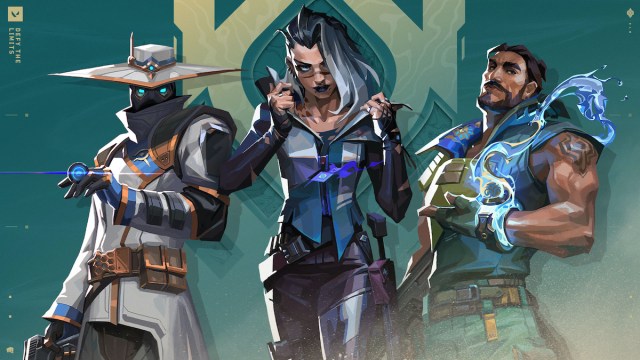
Our tier list below is subject to change with every agent update. We’ll keep updating this article to reflect the meta as it changes.
| S Tier | Jett, Omen |
| A Tier | Raze, Tejo, Fade, Gekko, Vyse |
| B Tier | Phoenix, Neon, Skye, KAY/O, Fade, Sova, Brimstone, Astra, Clove, Cypher, Deadlock, Killjoy |
| C Tier | Iso, Yoru, Waylay, Breach, Astra, Viper, Chamber, Sage |
| D Tier | Reyna, Yoru, Harbor |
S Tier: Jett, Cypher

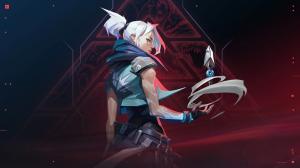
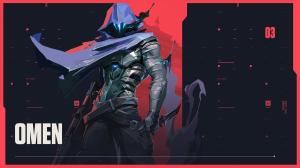
Let’s talk about the cream of the crop. While you definitely aren’t invincible when playing them, these agents are the best of the best and can blend into any composition on any map.
Jett
Jett has always been one of the best VALORANT agents to play ever since the game was released in 2020. In fact, she was once a broken agent with powerful agile abilities that had little to no disadvantage. Riot nerfed her multiple times over the years to bring some balance, and yet she continues to be the most reliable duelist agent.
Her unique and fast dash and updraft mechanics literally gives her a get-out-of-jail-free card and lets her be an auto rifle and sniper expert at the same time. While she can be a bit hard to master as a beginner, if you manage to learn how to time and utilize her abilities properly, Jett simply has no competition in value.
Omen
Omen has been an S-tier controller agent for a long time, and he still is. Despite Riot limiting his one-way capabilities, he still has a very capable set of space-controlling abilities, including one that nearsights and deafens enemies and others that let him easily teleport to unexpected places in a jiffy. In the current map rotation, he seems to be an unavoidable controller agent, whether in solo or double smoke setups.
A Tier: Raze, Tejo, Fade, Gekko, Vyse

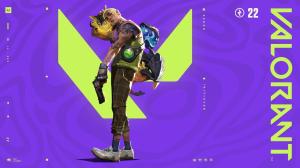
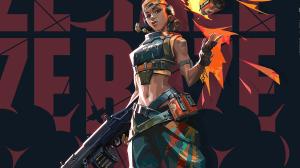
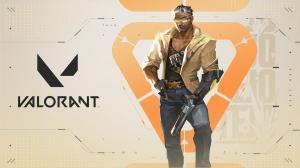
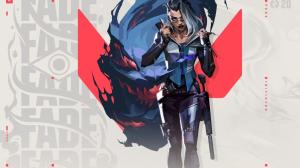
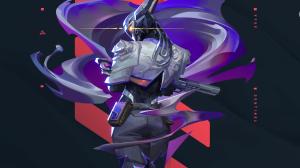
These are the most reliable agents after Jett and Omen, featuring high pick and win rates across most ranks and in pro play too.
Raze
Raze is one of the most fun agents to play in VALORANT. Her kit is agile and explosive, featuring abilities that can take space and punish stubborn enemies at the same time. Like Jett, she can be hard to master. It isn’t easy to land perfect satchels and enter a site while keeping yourself alive. But if you manage to get the hang of her movement mechanics—which requires a decent amount of practice in custom games—and her bombastic Showstopper ultimate, that’s all you need to keep your enemies on their toes.
Tejo
Tejo is currently one of the strongest initiators in VALORANT meta, thanks to his powerful anti-camp crowd control kit. He’s excellent in an aggressive team composition, especially when his allies are open to the idea of pushing toward enemy territory and denying space. His abilities are apt for flushing out chokeholds and critical spaces on sites, thus setting up the team’s duelists for success. That said, he’s slightly limited as a solo initiator as his powers aren’t really heavy on gathering information.
Pair him up with another initiator like Breach or Sova to further strengthen your team or when you want to have a massive intel advantage on your enemies and punish them for being stubborn.
Fade
Fade is scary to play against, thanks to her dark and intimidating abilities. Tagging an enemy with the Haunt recon or ultimate leaves a Trail and it isn’t just a source of intel—her Prowlers can latch onto a Trail and find the enemy automatically, so you don’t need to show them the path either. Siege, her second basic ability, decays and restricts caught enemies to a point, so it’s exceptionally strong when used in combination with other damage-inflicting abilities. Lastly, her ultimate covers a huge area, decaying and deafening anyone caught in the nightmare.
Gekko
Having received multiple tweaks since his release, Gekko has slowly become one of the most versatile initiators in the game. From rechargeable flashes and stuns to an ultimate that scouts, clears space, and detains, he has everything you’d need from a reliable support agent. Not to forget, he has a Wingman who can plant and defuse the Spike, giving your team a crucial man advantage.
Gekko has a unique mechanic that lets him “pick up” dormant globules of his abilities. When picked up successfully, those abilities recharge in 10 seconds. Due to this, he’s also the only VALORANT agent who can use their ultimate ability twice in a single round.
Vyse
Vyse may need some player experience to find value with, but her control-heavy kit can do some serious damage in the presence of structure. Her manually placeable blind equipment and damage inflicting thorns can offer significant value to her team and in a solo situation. Her trap-like wall can be used creatively to dumbfound enemies in plant/defuse situations and even watch flanks if need be. Lastly, her ultimate covers a huge area and anyone caught in it will lose their primary weapon for a while: What more do you need from a sentinel?
B Tier
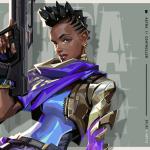
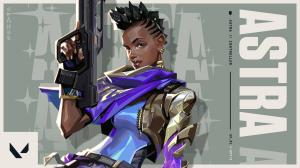
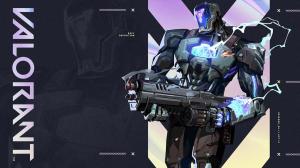
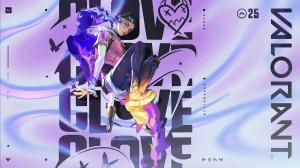
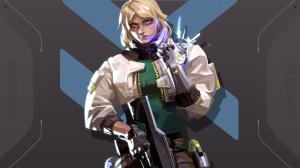
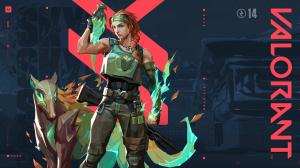
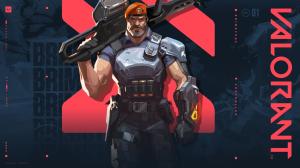
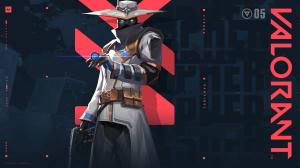
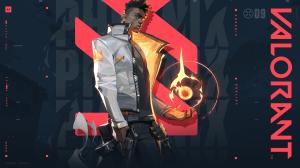
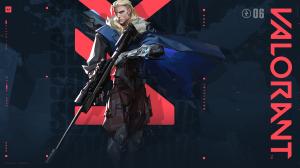
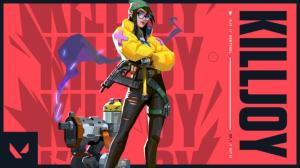
These are above average agents who can bring excellent value to a team, but only situationally and on certain maps.
Phoenix
Phoenix’s popularity has received a significant boost with his rework in Patch 9.10. His potent blinds have now become his signature ability, so their charges reset after every two kills. Besides this, his wall can now continue through structures and he no longer needs to be in constant touch with his fire to heal. All these changes have increased Phoenix’s independence, letting him take aggressive fights with more confidence.
His ultimate was always a strong one, so he’s definitely a good agent overall. That said, Phoenix has no movement abilities and this sentinel-centric meta favors an agile duelist. I’d rather have Jett or Raze on my team than the fire boy, no offense to him of course.
Neon
Neon went through multiple changes—buffs and nerfs—throughout Episodes Eight and Nine. Yet, she’s still highly viable in the meta right now. Speed is her biggest strength, while the stun and wall help her claim space on sites and crucial areas pretty easily. She’s great as a solo duelist and can be well utilized in double duelist compositions as well. Her ultimate did receive a significant nerf, which is why the B-tier. But her slides are still overpowered. Combine those rechargeable slides with her speed and shotguns (or a Phantom) and she becomes perfect for almost all maps in the current rotation.
Skye
I’ve always loved how Skye’s abilities can be remote-controlled like no other initiator. You can bend her flashes to reach the most unexpected places and even troll enemies with fake ones. You get to control a Tasmanian Tiger who can scout for your team and stun an enemy—and even kill them if they are low and the hit is direct. Not to forget, she can also quickly patch up her teammates’ wounds with Regrowth.
Lastly, her ultimate is a great source of intel and can also hit enemies to nearsight and deafen them. Unfortunately, despite being her signature ability, her flashes don’t recharge anymore, curbing her potential greatly. Regardless, she’s still a great agent on certain maps and can prove to be an excellent support in the hands of an experienced VALORANT player.
KAY/O
KAY/O has the ability to suppress his enemies’ abilities, something that no other agent can offer. As powerful as that may sound, it’s difficult to find value out of him. For starters, lineups and unpredictability are must with his ZERO/POINT knife—or your enemies will almost always manage to break it. His flashes are incredibly potent, but you’d need to time them properly and know their mechanics well to throw a good one for the team. Simply put, he isn’t the easiest agent to master, but if you manage to do it, your enemies will shudder at your presence for sure.
Sova
While he is quite beginner-friendly, Sova has a slow playstyle, which isn’t in line with how ranked games are usually played these days—aggressive and fast. He’s a popular choice in pro play, however, and for obvious reasons: his kit is well-balanced and very supportive, offering versatile intel-gathering and deterrent abilities. He is excellent in a serious team that plays together and thoughtfully. But his pace makes it hard for ranked players—who usually don’t have the patience for coordination—to find value with him.
Brimstone
Want fast, long-lasting smokes? Brimstone’s your guy. But there’s a catch. While every other controller has rechargeable vision blockers, Brimstone’s Sky Smokes are non-rechargeable and you can have only three of them in the entire round. Besides this huge drawback, however, you have a fiery molotov ability that deals a lot of damage and a potent ultimate that can easily deny your enemy’s plan when used properly. He can also offer powerful combat stim to allies.
As tempting as the rest of his abilities are, his non-rechargeable smokes can leave you feeling empty in the middle of the round, so definitely a B.
Clove
I personally don’t prefer playing Clove in ranked games, but that doesn’t change the fact that they’re good. In fact, they’re perfect for players who’re forced to “fill” the controller role. Despite being a controller agent, their selfish kit doesn’t have much to offer in terms of team support. Her smokes take incredibly long to recharge—each 40 seconds—when compared to their peers, which is the only reason behind their B-tier status.
But the biggest benefit to playing Clove is that they can deploy smokes for you even after death. In ranked games where players mostly embrace the aggressive approach and rarely change decisions, post-death smokes are a game changer. Not to forget, they can heal and give themselves some combat stim, as well as revive themselves. Terms and conditions apply, but that’s an excellent pseudo-duelist right there.
Astra
Riot finally gave Astra back her fifth star in Patch 9.05, but that didn’t make her kit any less complex. While she offers a range of useful support abilities and can control a map from any corner of it, even the most experienced players steer clear of picking her due to her intricacies. Not to forget, it’s pretty difficult to place her stars timely and find value with her abilities: It requires a lot of team coordination, again. Astra is only for those who main her, but if you learn how to capitalize on her global powers, you’d be unstoppable.
Cypher
After years of being a neglected agent, Cypher rose up the popularity ladder with a number of exciting buffs throughout 2023. While these changes had made him significantly stronger than before and even gave him an S-tier status for some time, he’s now fallen down by a couple of ranks.
With his traps placed and Spy Cam installed, Cypher can easily lurk and pressurize enemies from an unexpected position, thus setting up his team for success. His abilities are great sources of intel too. That said, with players and pros embracing the unique traits of Vyse and Deadlock, Cypher is no longer the perfect sentinel he was a while back.
Deadlock
Deadlock was once considered one of the weakest VALORANT agents, but with Riot giving her a number of buffs and reworks, things have changed drastically and for good.
The star of her kit is the Barrier Mesh wall, which can be dynamically used in a range of situations to discourage enemies. Her Sound Sensors aren’t built to watch flanks, but they’re incredibly annoying to deal with in defensive or post-plant setups when placed unpredictably. Now a signature ability, GravNet is excellent for crowd control, letting you punish enemies by not only limiting movement but also forcing them to crouch. Her ultimate, however, can be extremely difficult to find value with, unless you know some quirky lineups.
Killjoy
Killjoy was the most dominant sentinel agent in the meta for a long time before Cypher took the reign out of her hands—and now, Vyse. Regardless, she is still a viable sentinel on many maps. Unlike Cypher’s, her abilities are ranged, so you’d have some trouble with her in large maps like Breeze and Pearl. But not only are her trap placements much more unpredictable, but her Turret is also painfully annoying to deal with. Not to forget, a well-thought “microwave” setup with her Alarm Bot and Nanoswarm grenades can melt enemies in seconds.
Lastly, her ultimate can clear a huge space and punish stubborn enemies with detention, bringing excellent value.
C Tier

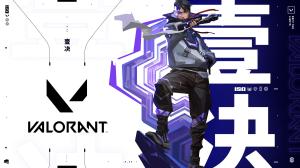
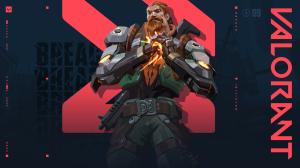
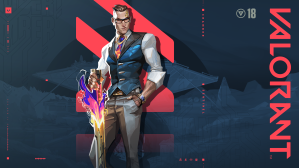
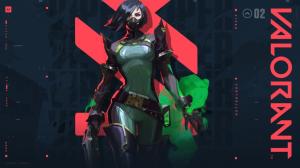
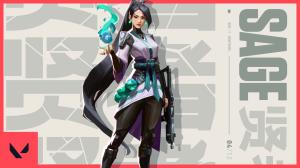
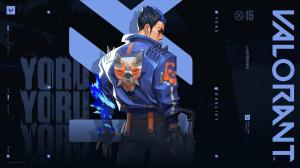
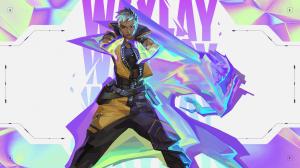
These agents are definitely not the best picks in the game at the moment, but they can be successful if played to their strengths. Most of them are difficult to master, so you’d need to have a lot of hours on them to achieve the badge of experience.
Iso
Your success with Iso is heavily dependent on how good you’re with guns. If you’ve good aim and crosshair placement, he can be a good agent for your ranked games. His selfish kit is simple to understand and lets you focus on just securing kills under your name. Not to forget, his slap-on shield is a direct counter to any damage-inflicting ability or weapon in the game.
If you prefer playing for the team, however, you’d be better off choosing a duelist like Jett, Raze, or Neon. Iso lacks agility, greatly limiting him against sentinels like Cypher, Deadlock, Vyse, and Killjoy. His basic abilities are situational too, making it difficult for him to claim space like other duelists can.
Yoru
Playing Yoru requires a lot of practice and luck. He’s a trickster, so it totally depends on what your play is and how vigilant the enemy is about your potential. A good Yoru player is a pain to play against, but he’s also a hit-or-miss agent. You also need to communicate your thoughts with the team, so they can catch up with your unpredictable teleports—or you’ll be left in the middle of enemy territory with no cover.
Yoru isn’t viable as a solo duelist either. His focus on deceiving his opponents can leave his team yearning for someone like Jett or Raze who can enter and take space for them. He can, however, do well in combination with an agile primary duelist in an aggressive team composition.
Waylay
Forged from the prismatic powers of light, Waylay is VALORANT’s newest duelist agent with a focus on taking space. Besides movement mechanics similar to that of Jett and Raze, she is good at crowd control and has a pretty powerful ultimate. That said, if you tend to depend more on ability usage than weapons, you’ll likely find her kit to be lackluster.
Among space-taking duelists, she doesn’t seem as complete as Jett or Raze—Jett offers 360 degree cover, while Raze has a range of abilities to adequately help herself and the team. She also doesn’t have a blinding ability like Yoru, Phoenix, or Reyna. You can make her work in a double-duelist team composition, but playing her as a solo duelist may limit you. At this moment, C-tier seems most suited to her condition.
Breach
While all initiators in this game sport a steep learning curve, none of them is as difficult to play as Breach. Although, a good enemy Breach can leave you wanting to pull out your hair. His kit offers powerful crowd control, deterrent and blind abilities, making him one of the most annoying initiators to play against. That said, players can learn how to dodge his abilities pretty quick, so you’d have to know how to time his abilities well.
Breach caters to fast and aggressive playstyles but can’t do much without team coordination. Also, he’s only viable on closely spaced maps.
Viper
After her disheartening nerfs in Patch 8.08, Viper’s popularity has fallen drastically. She is now the second least picked agent on ranked, right above Harbor. As an ex-Viper main, it has been painful to watch her demise. But while she’s no longer a viable solo controller, she’s still strong in double controller setups where she can take on the role of a pseudo sentinel. Unfortunately, the double controller trend is only common in pro play. To top it off, Viper is only viable on a few maps in the current rotation.
Chamber
Once a broken agent, Chamber has suffered through devastating nerfs to his kit, leaving him as good as dead at that time. Riot has, since then, tried buffing him back to a balanced state, but not exactly as we’d like. His Rendezvous teleport recently received a huge range buff, letting him commit to riskier moves and even secure a kill or two in the process. Both his weapons are potent in the hands of a mechanically excellent player.
As a sentinel, however, Chamber lacks intel-gathering capabilities. While his teleport does offer some lurking potential, he’s more aptly a pseudo duelist. The only sentinel-like ability he has, Trademark, doesn’t have enough range or charges. Buffing his trap’s range could help enhance his sentinel capabilities and make him a viable pick against Cypher or Killjoy, but he’s a little underwhelming for the meta at the moment.
Sage
Despite her popularity among low Elo players, Sage’s kit is… meh. She doesn’t offer any intel-gathering utilities unlike her peers. She is popular for having a strong healing ability, but her strongest ability is the Barrier Orb. You can place quirky walls to reach unpredictable spots and angles on a map and snipe unsuspecting enemies.
When used in combination with her Slow Orbs, her wall can successfully stop a push—but only for a while. Her kit doesn’t offer any ability to watch flanks, which is a dealbreaker. Her ultimate, Resurrection, can revive a dead player, which can sometimes change the tide of a round. Then again, most players would rather have Cypher’s Neural Theft or Killjoy’s Lockdown for greater value.
D tier
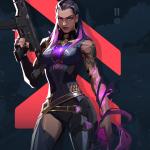
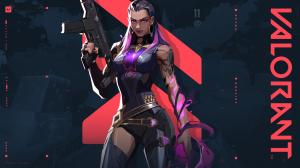
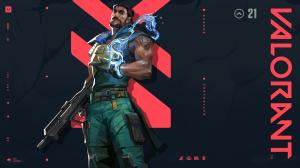
These agents are certainly not unplayable, but they’ve got some pretty significant disadvantages. Choose wisely and according to your expertise.
Reyna
Reyna has always been a hotly debated agent because of her popularity among smurfs and cheaters, but that doesn’t change how good her carry potential is. If you’ve got good mechanics, picking Reyna should get you the match MVP almost every time and get you up the ladder in no time. She’s also pretty beginner friendly. So, why is she in the D tier?
As powerful as her overheal and dismiss may appear, Reyna has the most selfish kit among all agents, with nothing to offer to her team except her Leer blind. If a Reyna main is having a bad game, they can literally go AFK and it won’t make a difference to the team. Despite being such a hit-or-miss character, Reyna enjoys one of the highest pick rates on VALORANT ranked. In pro play, however, she’s at the bottom of the barrel.
Harbor
Harbor is currently the least popular VALORANT agent on ranked as he has been for a long, long time. As a controller, Harbor offers a below-average set of abilities. He does have a flexible wall that can be bent to cover multiple chokepoints and also slows enemies down for a moment. But that’s about it. His Cascades aren’t always discouraging enough to push enemies back, making it difficult for the team to dig out space. His Cove has bullet-bending properties, but it can be shot down almost instantly.
Most of his kit is focused on blocking the enemy’s vision, unlike other controllers who offer a variety of abilities beyond smokes. His ultimate is a good source of intel but doesn’t do much to uplift his overall lackluster kit. Some one-tricks may make him seem very strong at times, but truth be told, Harbor’s state certainly calls for a rework.
How we determine our VALORANT agent rankings
Our VALORANT agent tier list gives an insight into the best and worst agents with respect to multiple factors, including pick and win rates, map pool, the pro play meta, and more.
While our tier list is thoughtfully compiled, don’t let it demotivate you from mastering your favorite agent. In fact, no VALORANT agent is bad per se: they may be difficult to find value with or have a quirky independent playstyle, making them an unpopular choice. With enough practice and mastery, however, you can become a one-trick and own your enemies, even with a D-tier agent. Then again, some agents are just easier to work with than others.


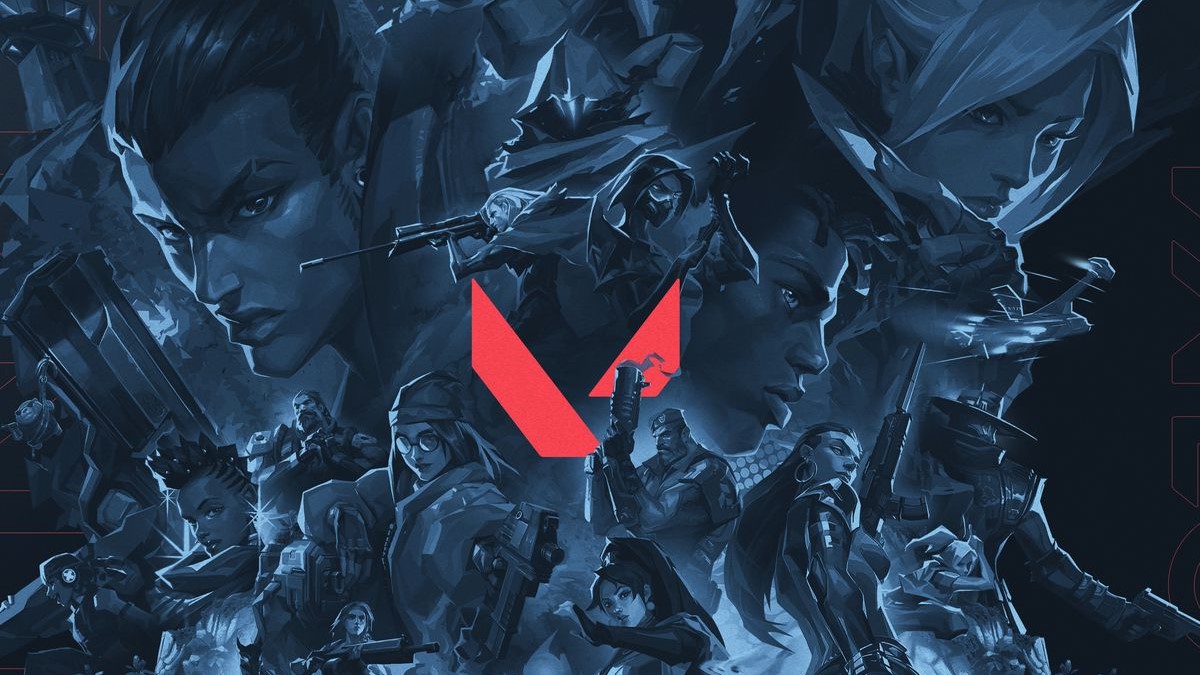
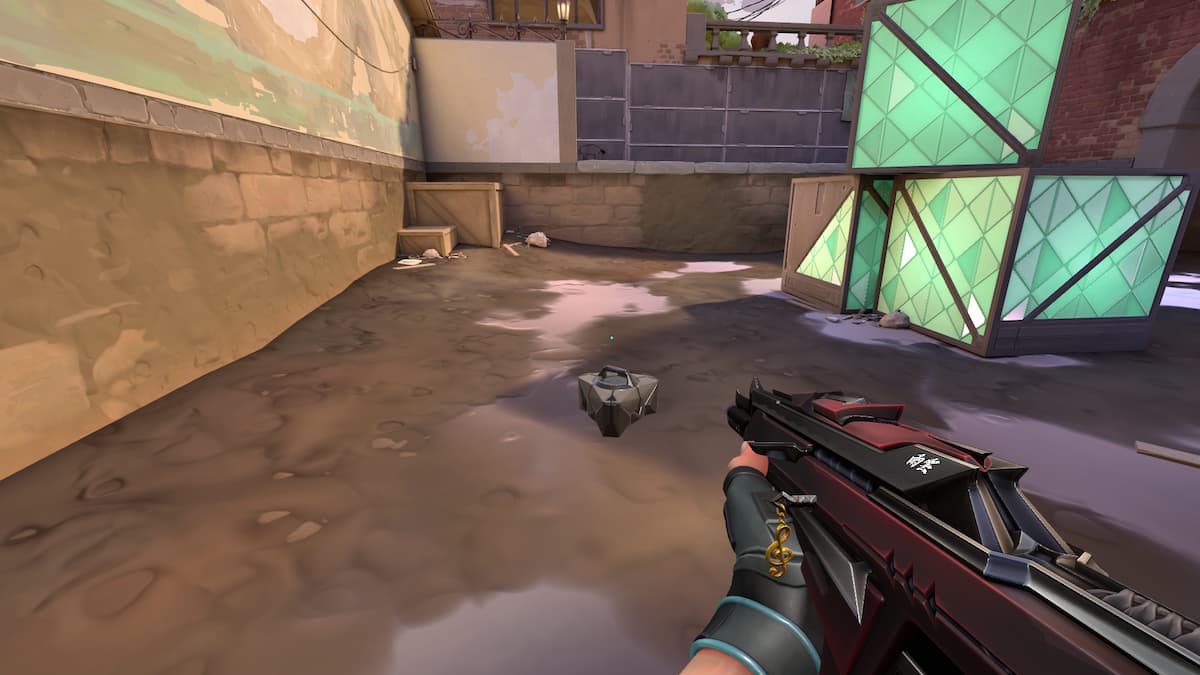

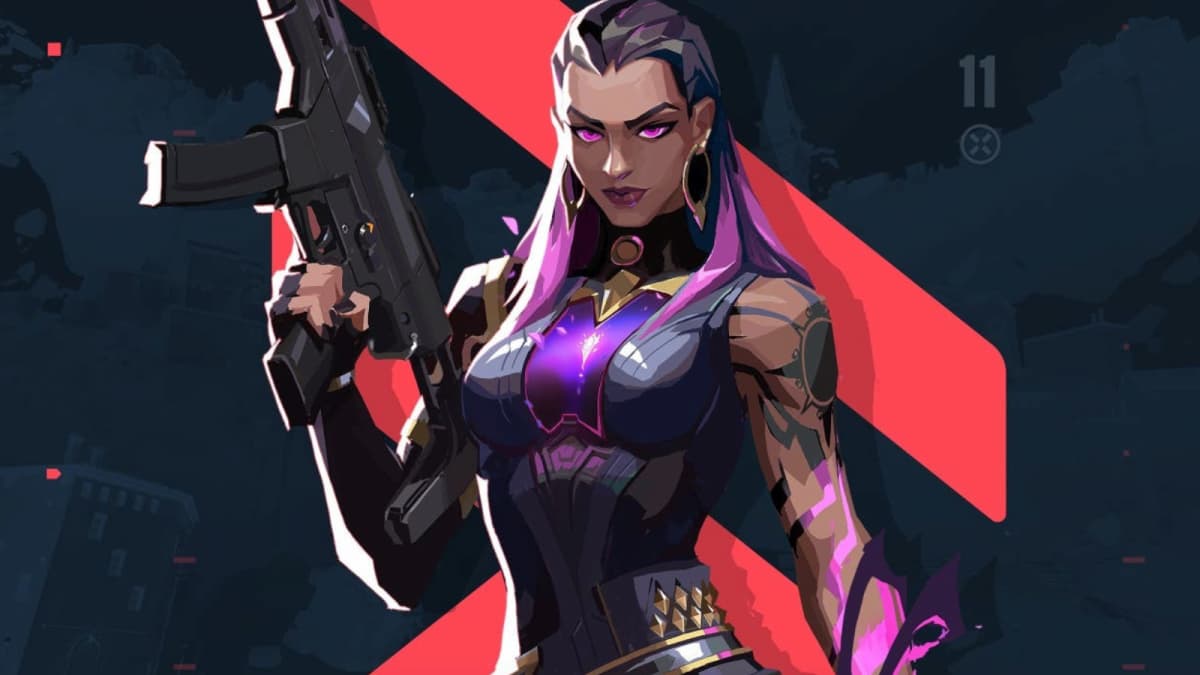
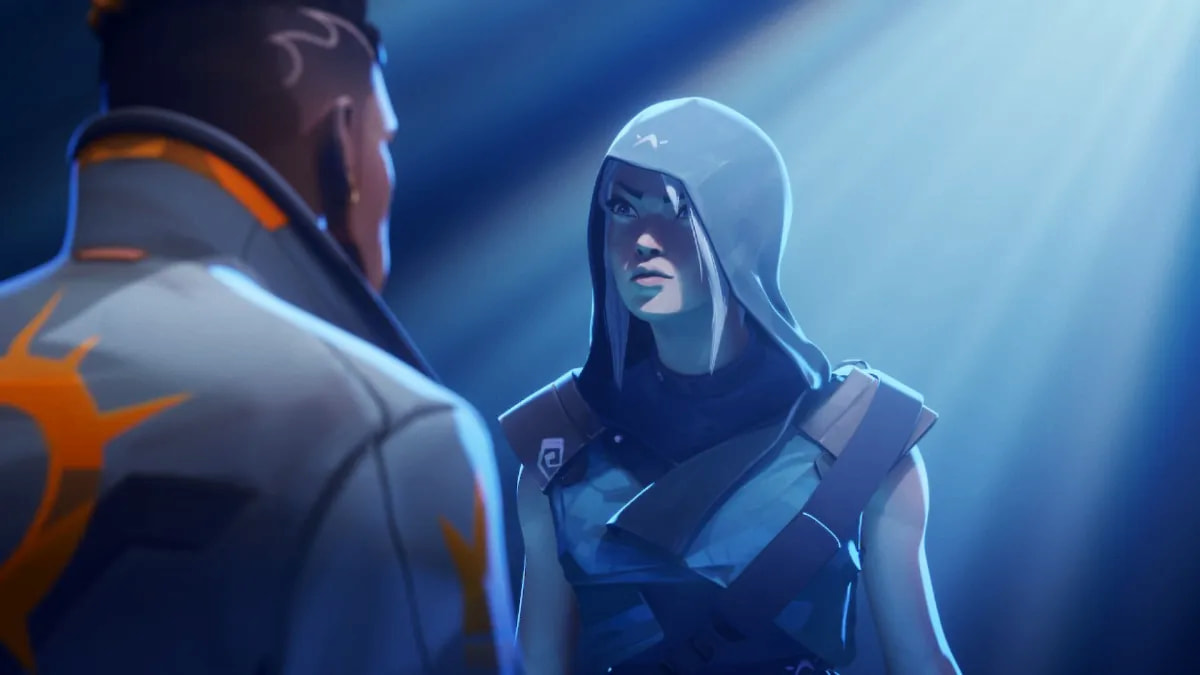
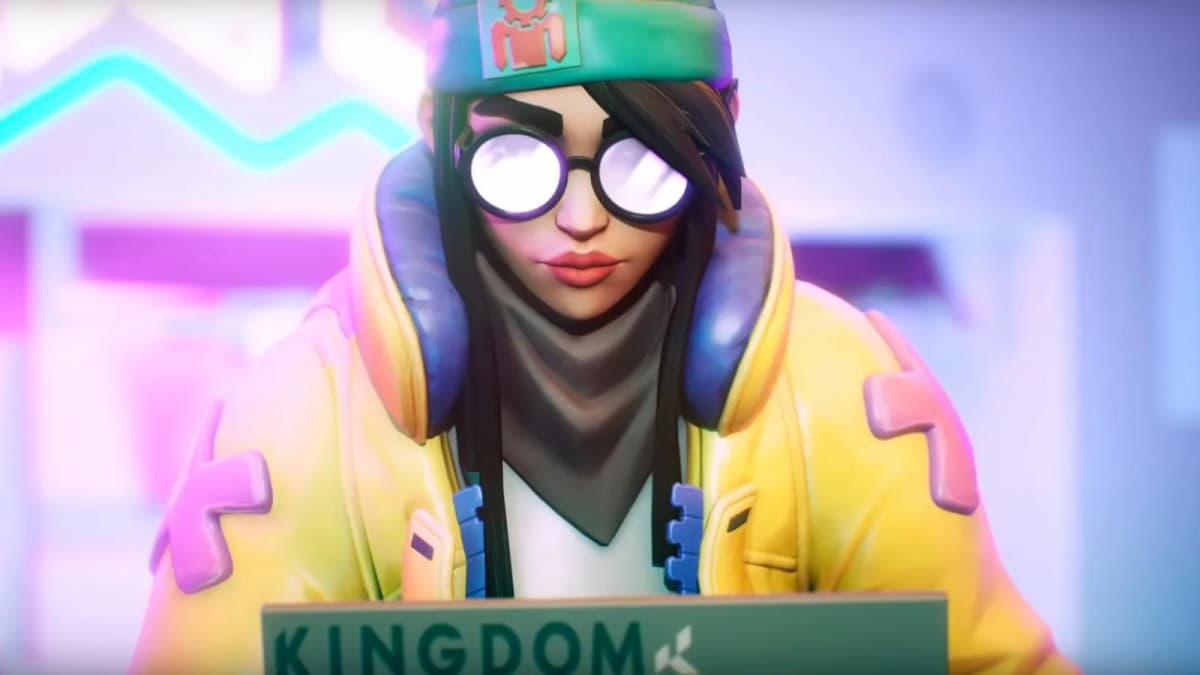
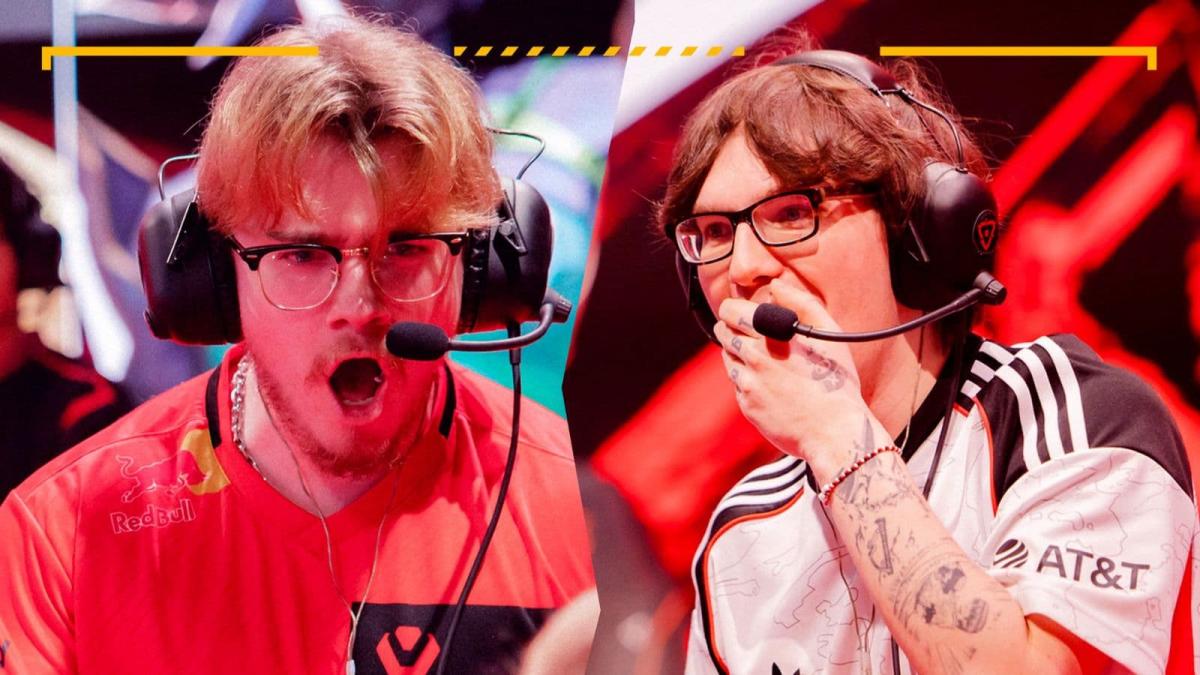
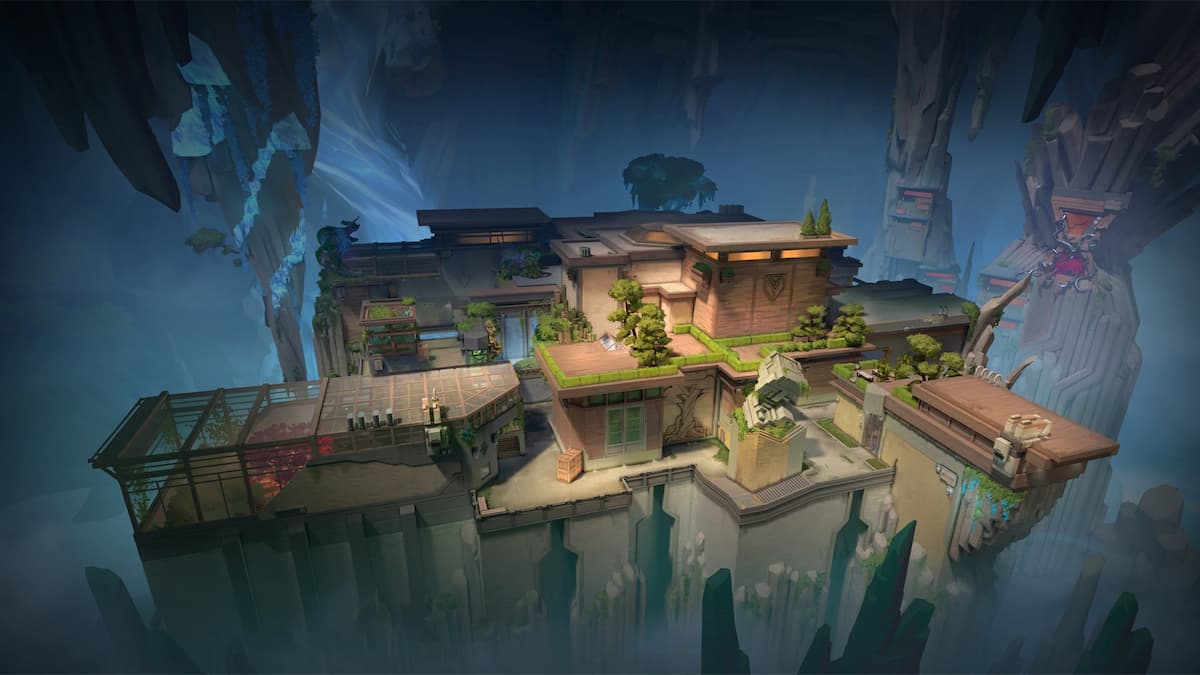
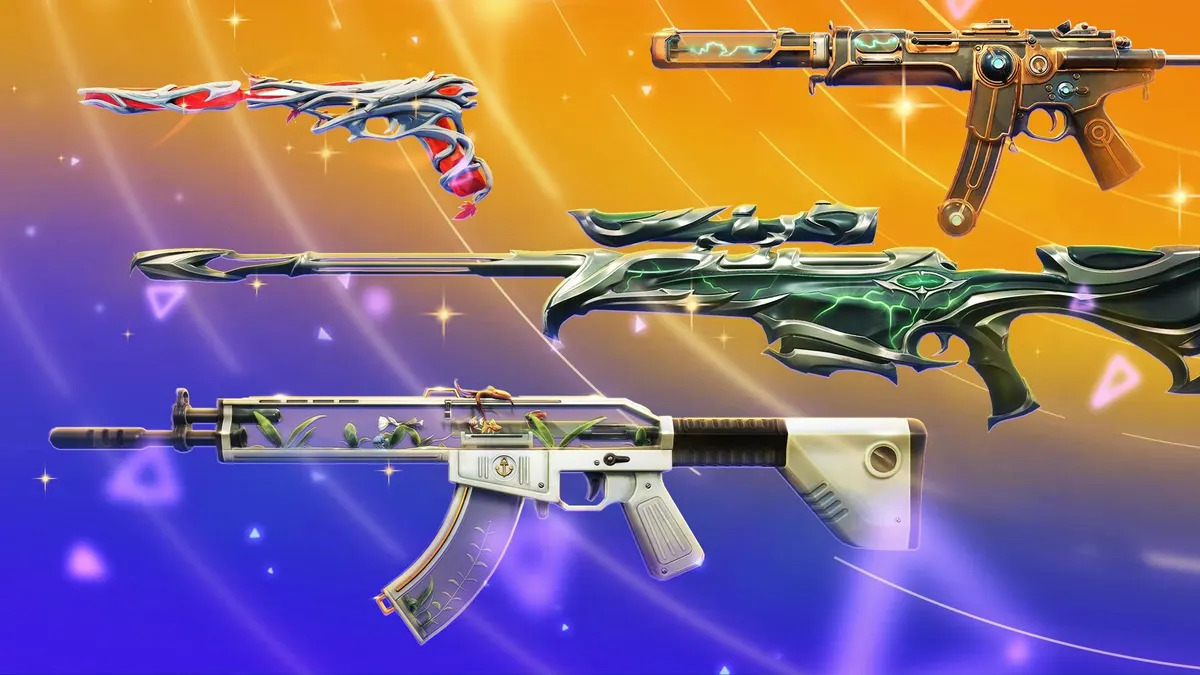
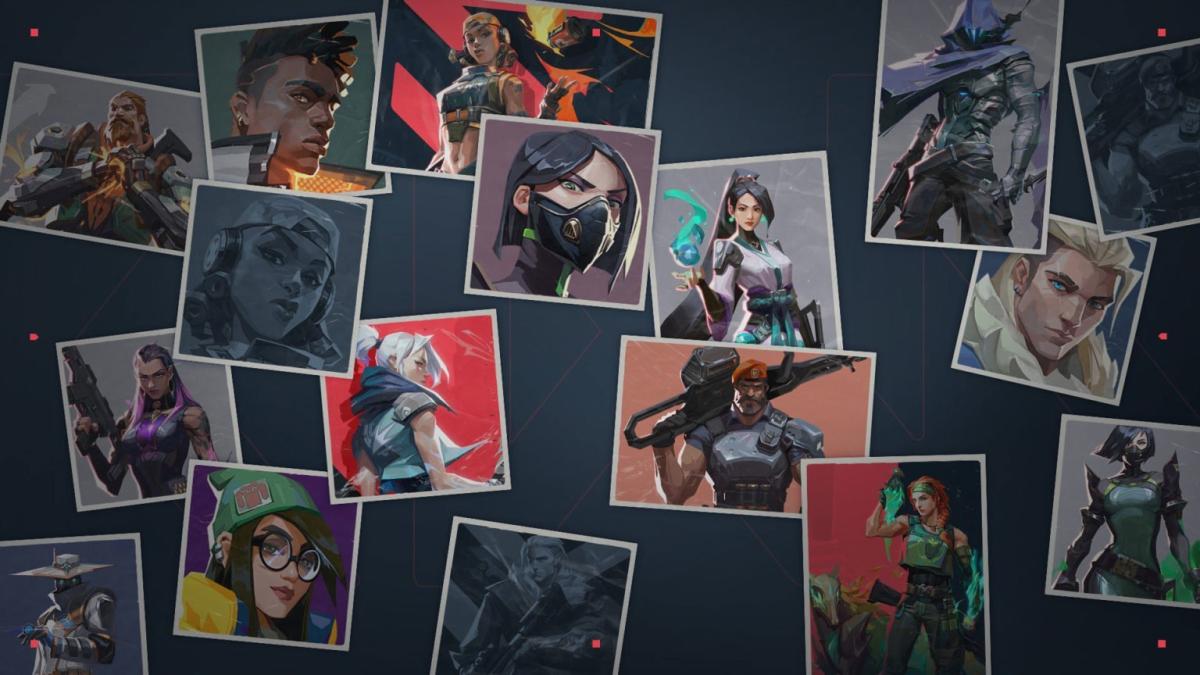
Published: Mar 31, 2025 01:14 pm